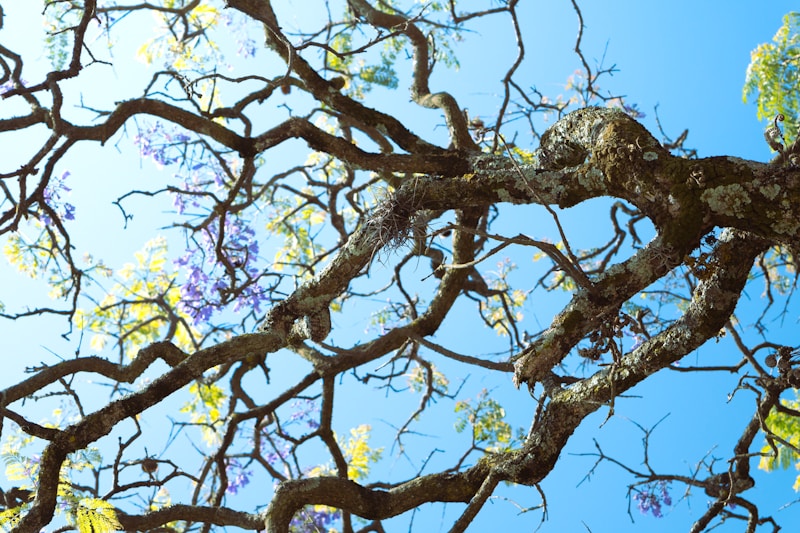10 Questions
What is phototropism?
The growth of a plant towards sunlight
Which of the following is an example of a plant with thorns or spines?
Rose bushes
What is the purpose of chemical defenses in plants?
To deter predators from feeding on the plant
What does poison ivy's toxic compounds do?
Cause an itchy rash in humans
Which adaptation allows plants to cope with challenges such as predation and changing weather conditions?
Thorns and spines
What is an example of a behavioral adaptation in plants?
Remaining dormant until receiving sufficient moisture
Which adaptation enables the Venus fly trap plant to capture and consume insects in nutrient-poor environments?
Moving its leaves rapidly to trap and digest insects
How do plants attract pollinators as an adaptation for successful pollination?
Producing colorful flowers or nectar to attract insects
What is the purpose of the adaptive foraging of pollinators in relation to plant coexistence in communities with competing plant species?
To facilitate plant coexistence in communities with competing plant species
Which type of adaptation helps plants survive in harsh or unpredictable environments?
Remaining dormant until receiving sufficient moisture
Study Notes
Adaptation in Plants: Behavioral Adaptations
Plants have evolved various behavioral adaptations to survive in different environments and conditions. These adaptations help plants cope with challenges such as predation, competition for resources, and changing weather conditions. Some examples of behavioral adaptations in plants include:
Growth Towards Sunlight
Many plants exhibit phototropism, which is the growth of a plant towards sunlight. This behavior allows plants to maximize their exposure to sunlight, ensuring optimal photosynthesis and energy production. Examples of plants with phototropism include sunflowers and heliotropes.
Thorns and Spines
Some plants have evolved thorns or spines as a defense mechanism against predators, such as insects or other animals. These sharp structures can deter insects from feeding on the plant or prevent animals from trampling it. Examples of plants with thorns or spines include rose bushes and cacti.
Chemical Defense
Plants produce various chemicals that can repel or deter predators. For example, poison ivy causes an itchy rash due to its toxic compounds. Basil produces a fragrance that repels flies. These chemical defenses help protect the plants from being eaten by insects or other animals.
Movement
Some plants have developed mechanisms to move in response to environmental stimuli. For example, the Venus fly trap plant traps and digests insects by moving its leaves rapidly. This adaptation allows the plant to capture and consume insects in nutrient-poor environments.
Dormancy
Dormancy is another behavioral adaptation in plants. Some plants, like seeds, remain dormant until they receive sufficient moisture or other favorable conditions for growth. This strategy helps plants survive in harsh or unpredictable environments.
Pollinator Foraging Adaptation
Plants have evolved strategies to attract pollinators and ensure successful pollination. For example, some plants produce colorful flowers or nectar to attract insects. The adaptive foraging of pollinators can also facilitate plant coexistence in communities with competing plant species.
In conclusion, behavioral adaptations in plants are essential for their survival in various environments. These adaptations can involve growth patterns, physical traits, chemical defenses, movement, dormancy, and strategies to attract pollinators. By understanding these adaptations, we can better appreciate the resilience and diversity of plant life.
Test your knowledge about the behavioral adaptations of plants, including phototropism, thorns and spines, chemical defense, movement, dormancy, and pollinator foraging adaptation. Understand how plants survive in different environments through their behavioral strategies.
Make Your Own Quizzes and Flashcards
Convert your notes into interactive study material.




